How to Easily Integrate Your Solar Covers with Velux KIG 300
 Marco Mornati
Marco Mornati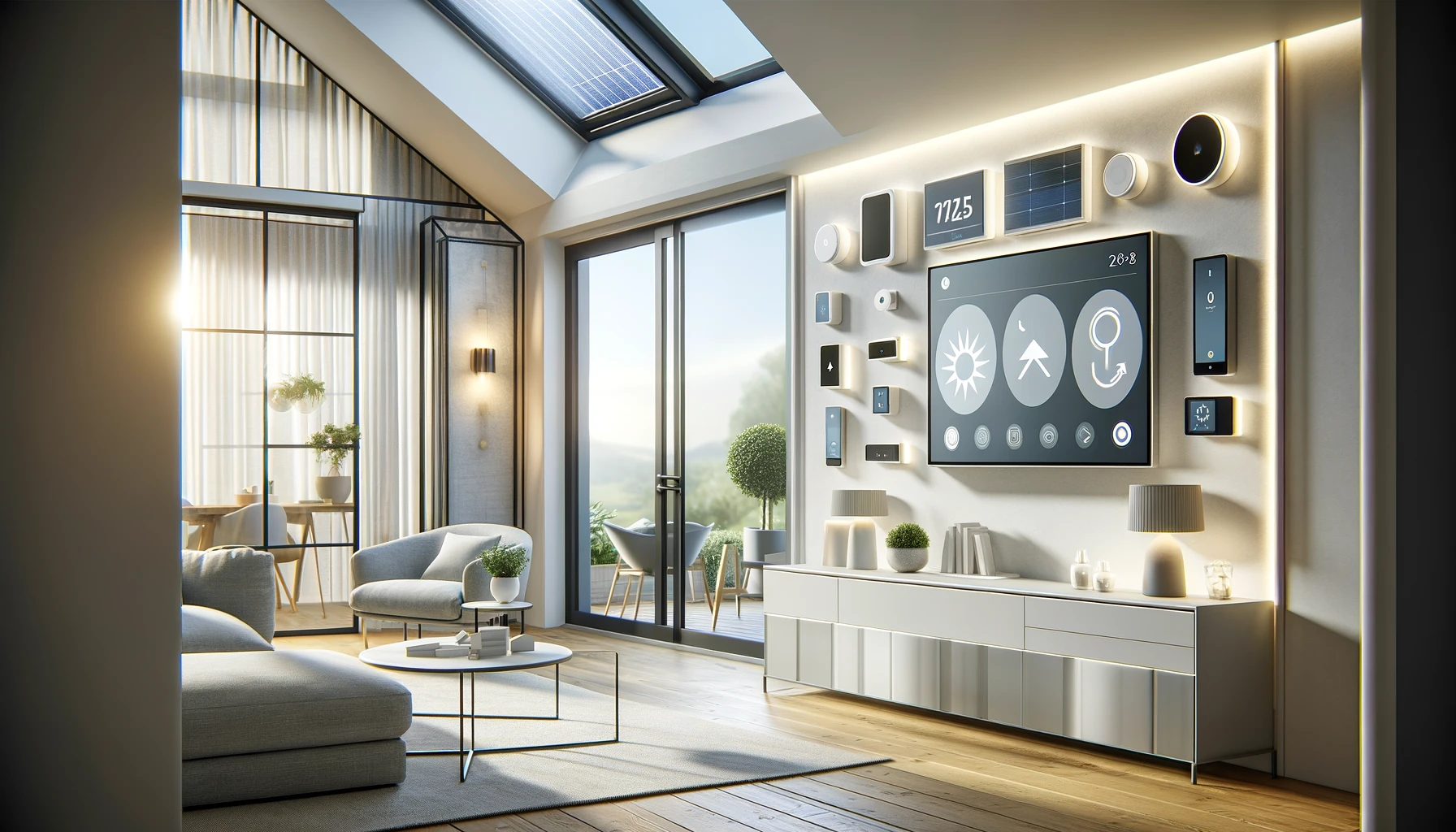
Introduction
Several months ago, I added solar covers to the Velux windows in my home. While integrating these covers with the Velux KIG 300 control system, I encountered a few hurdles due to unclear documentation and hidden settings in the app. This guide aims to simplify the process for others by providing a clear, step-by-step walkthrough.
Understanding the Challenge
The main challenge in integrating solar covers using the Velux KIG 300 app lies in the obscure user interface and the lack of detailed online guidance. This can turn what should be a simple setup into a frustrating task.
Step-by-Step Guide to Setting Up Your Velux Covers with KIG 300
Start the Installation:
Open the Velux KIG 300 app and navigate to the ‘Install a new product’ menu. This is where you begin the process of adding your new
covers.
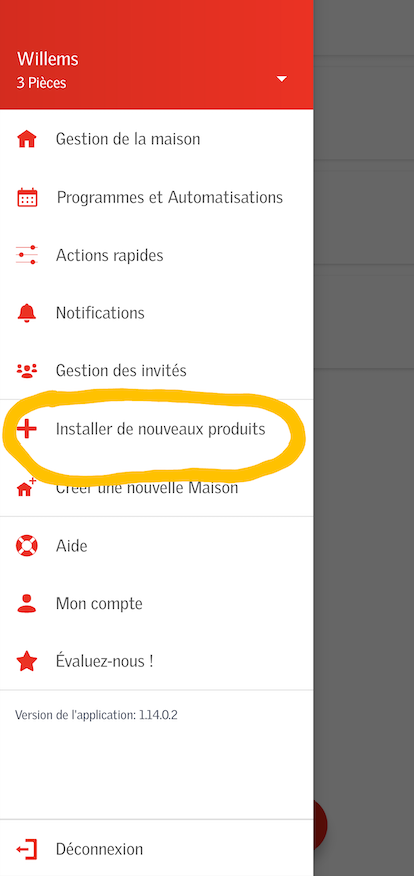
Select Your Product:
Choose ‘Add cover’ from the product options available. This will initiate the integration of your solar covers with the control system.
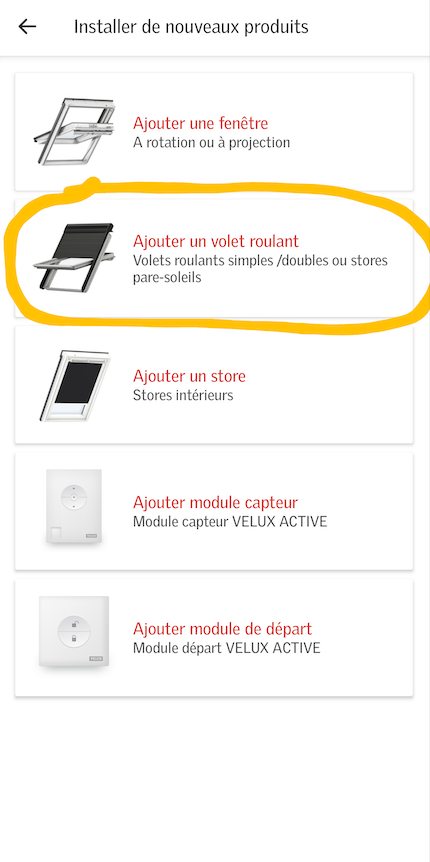
Handling the Remote Controller Setup:
- During the setup, you'll be prompted to configure your remote controller. Select ‘I have other remotes’ to bypass the default remote controller setup. This is especially useful if you already have other remotes or prefer not to use the default option.
Confirmation:
Confirm your choice to skip the default remote by acknowledging that you are sure about this action. This step is crucial as it ensures you are making deliberate changes to your setup configuration.
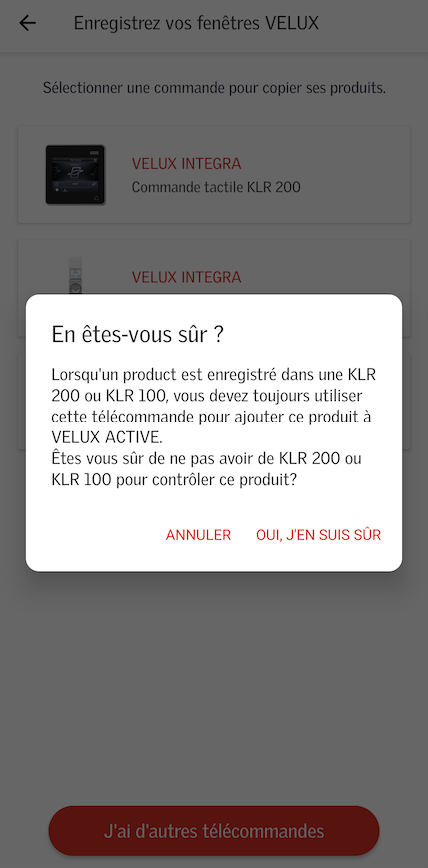
Accessing Hidden Remotes:
Upon confirmation, the app will reveal a list of ‘normal’ remotes that aren't typically visible by default. From here, you can select the appropriate remote that works with your installed covers.
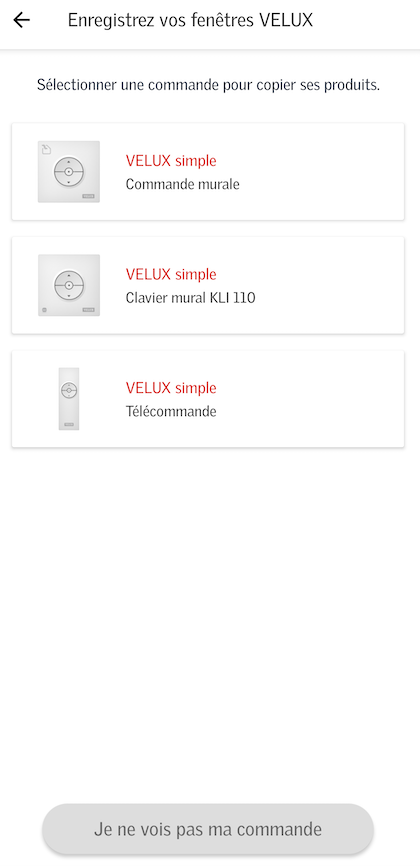
Conclusion
Integrating your Velux solar covers with the KIG 300 system shouldn’t be a complex ordeal. By following these streamlined steps, you can overcome the app’s limitations and enhance your home automation experience. Your solar covers will now be fully integrated and remotely controllable via the Velux KIG 300 app, offering both convenience and energy efficiency.
Reflecting on the Setup Complexity
It’s puzzling why these essential options are hidden by default in the Velux app, which complicates the setup process. The design likely aims to simplify the user experience for most, but it can frustrate users who are ready to integrate more complex setups or who are using multiple remote types.
Subscribe to my newsletter
Read articles from Marco Mornati directly inside your inbox. Subscribe to the newsletter, and don't miss out.
Written by
